People need microphones to record sounds—podcasters, YouTubers, filmmakers, or teenagers building a home studio. This way, learning about the different kinds of microphones will let you choose the one that will help you get your work done while ensuring the best quality possible.
Different kinds of Microphones
Dynamic Microphones
Dynamic microphones are versatile and extremely rugged. They perform well in various conditions and are preferred for live sound due to their ability to handle high sound pressure levels.
Condenser Microphones
Condenser microphones are highly sensitive and accurate. They’re often used in studios to record vocals and acoustic instruments due to their detailed and subtle sound reproduction.
Ribbon Microphones
The Ribbon microphones give you that vintage, warm sound. Ribbon mics are highly sensitive and are normally used only in a controlled studio environment. The ribbon microphone works very well for capturing strings, vocals, and other instruments where the sound will be full and natural.
Dynamic Microphones
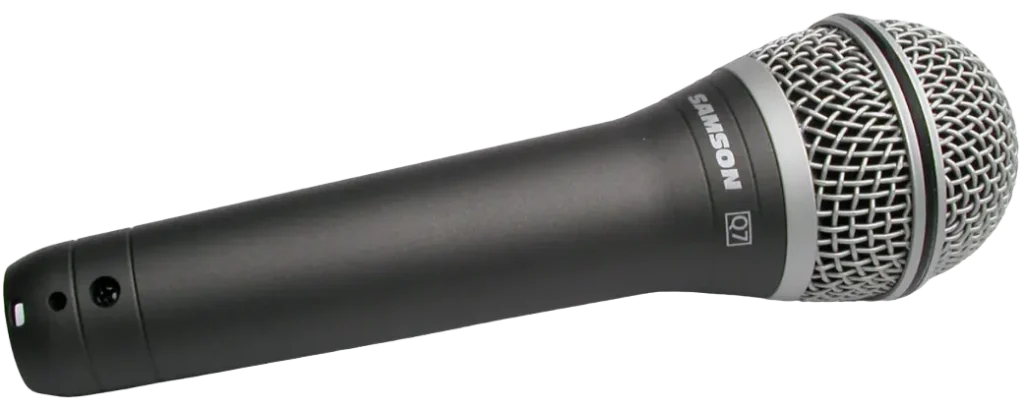
The principle of the work of a dynamic microphone is absolutely simple: it converts sound to an electric signal with the help of a diaphragm, coil, and magnet. They are robust enough to resist rough handling and are thus suitable for live performances and recording loud sound sources such as drums and guitar amplifiers.
Popular Dynamic Microphones
Shure SM57: Valued for versatility and durability, ideal for recording both instruments and vocals.
Sennheiser MD 421-II: This microphone handles high sound pressure levels well, making it ideal for drums and electric guitar amps.
The best use of the dynamic microphone is for live, recording loud instruments, and home studio use, where durability of the microphone is an issue. They are good at capturing strong and clear sounds without catching too much noise from the surroundings.
Condenser Microphones
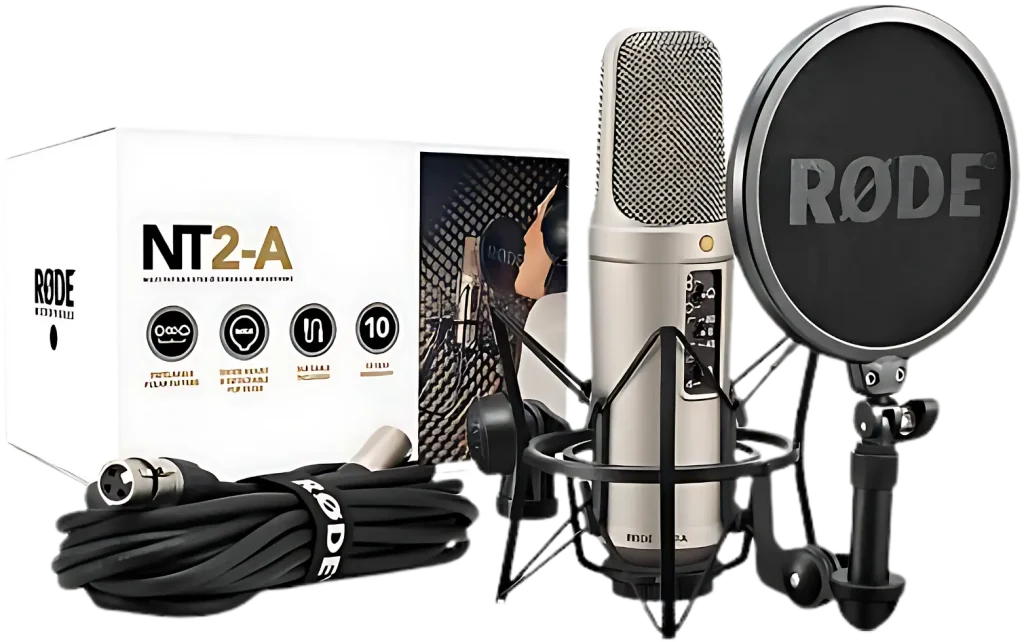
Condenser microphones work through the use of a capacitor to pick up sound, requiring power from a battery or phantom power. They are more sensitive in comparison to the dynamic microphones; this is very optimal in recording slight details.
Large Diaphragm vs. Small Diaphragm
Large Diaphragm Condensers: These are the best kind of microphone for vocals and many different instruments that have a rich, full sound to them.
Small diaphragm condensers: Small diaphragm condensers are ideal for accurately recording sources at high frequencies, like acoustic guitars and cymbals, with full detail.
Popular Condenser Microphones
Audio-Technica AT2035: It is a large diaphragm condenser with a great frequency response for many uses.
Rode NT5: A small diaphragm condenser microphone that is good for recording detailed information of acoustic instruments.
Condenser microphones are best used in studio environments for recording vocals, acoustic instruments, and any sound that carries detail and clarity. They are also quite popular when it comes to recording podcasts because of the nice sound they produce.
What is Ribbon Microphones
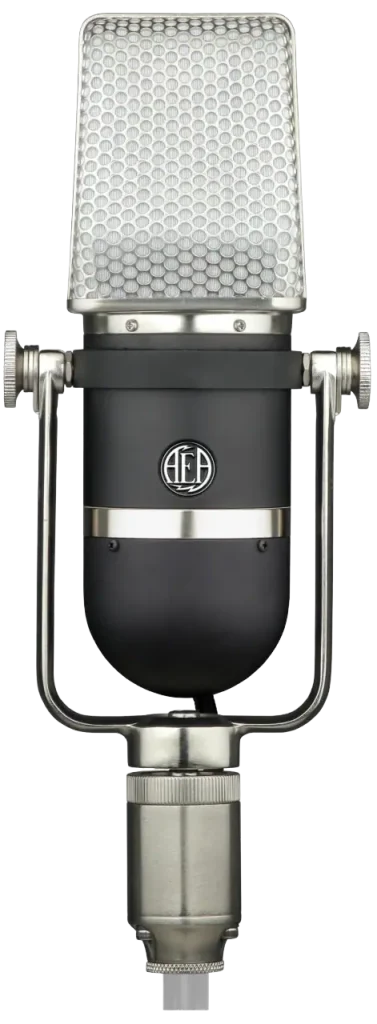
Ribbon microphones use a thin metal ribbon, suspended within a magnetic field, to capture sound. Very sensitive, they give a smooth natural sound, with a vintage feel.
Popular Ribbons Microphones
Cascade Fathead: Now affordable to all, second to none in the world of sound quality production for recording instruments and vocals.
Royer R-121: The premium ribbon microphone for a nice, rich warmth and professionalism in the studio.
Ribbon microphones are best for studio work, especially the recording of strings, brass, and vocals. A common use for ribbon microphones in studios is recording jazz, blues, and classical music, to a great extent because they are warm and natural-sounding.
Choosing the Right Microphone
For Podcast Hosts
Dynamic microphones are recommended for podcasters very often, as they really succeed in reducing extra noise and capturing what is important: the voice of the speaker. Some of the popular choices are the Shure SM7B and the Audio-Technica ATR2100x.
For YouTubers
Most YouTubers prefer condenser microphones due to their high quality in audio production. The favorite ones are Blue Yeti and Rode NT-USB, being user-friendly with excellent sound capture.
For Video Makers
Filmmakers often turn to the Rode NTG series of shotgun microphones for their directional recording, allowing nature-of sound-capture on location.
For Teenagers in Home Studios
Teenagers setting up a home studio might opt for affordable yet versatile options like the Audio-Technica AT2020 (condenser) or the Shure SM58 (dynamic).
Additional Considerations on Different kinds of microphones
Budget and Cost
Balancing the quality and the budget is key in a microphone. Lower-priced options from Samson are the Q2U in dynamic miking and the MXL 990 in condenser miking.
Maintenance and Care
The life of a microphone can be extended by proper maintenance. Keep them clean; do not expose them to moisture, and save them carefully.
Accessories
Important accessories include pop filters, shock mounts, and a stand. The pop filter and shock mount contribute to the good quality of the recording by ensuring there is no noise or vibration that may appear.
FAQs – kinds of Microphone
Q: What is phantom power and do I need it?
Phantom power is a method used to pass power into the condenser microphone by an audio interface or mixer. If you use a condenser microphone, most probably, you’ll need a phantom power supply.
Q: What kind of microphone do YouTubers use?
YouTubers often use condenser microphones like Blue Yeti or Rode NT-USB for the best audio capture quality.
Q: Can I tell what kind of microphone I have?
Look on the microphone and find the model number. Moreover, look for the manufacturer’s information; you may take a look at the user manual or search for specifications online.
Q: What is the best microphone for podcasting?
The best microphone for podcasting, in turn, has generally been dynamic, such as the Shure SM7B, as it does a good job of keeping background noise to a minimum and bringing out the voice originating from the host.
Q: Can I use a condenser microphone for live performances?
Condenser microphones work for live performances, but dynamic microphones are preferable due to their ruggedness and feedback resistance.
Conclusion
Understanding the various kinds of microphones and their specific applications can significantly enhance the quality of your recordings. Dynamic microphones are durable and excellent for live performances and loud sound sources. Condenser microphones are highly sensitive and ideal for studio recordings of vocals and acoustic instruments. Ribbon microphones provide a warm, vintage sound, perfect for controlled studio environments.
Whether you’re a podcaster, YouTuber, filmmaker, or a teenager building a home studio, selecting the right microphone tailored to your needs is crucial. Consider factors like sound quality, durability, and budget when making your choice. Proper maintenance and using the right accessories can also prolong the life of your microphone and improve recording quality. By choosing the appropriate microphone, you can achieve professional-level audio and elevate your recordings to the next level.


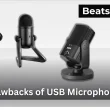

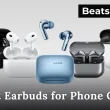

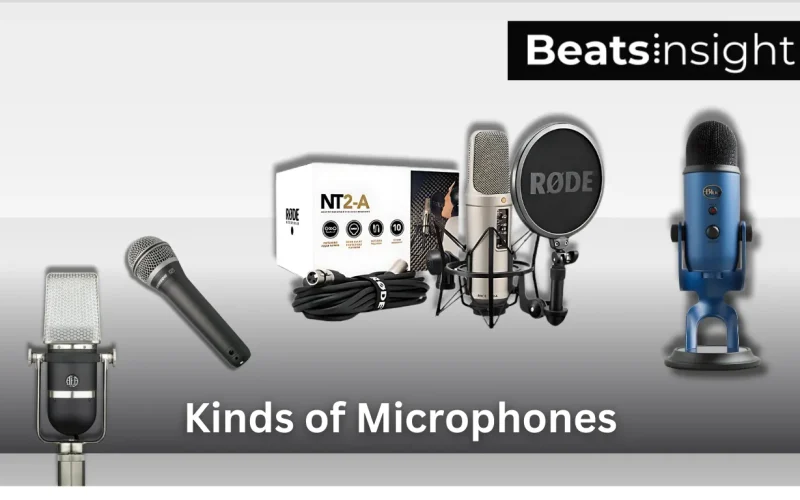
2 comments